
Cataracts
Gain better understanding about cataracts through our comprehensive collection of articles on the condition. Information on its causes, symptoms and treatments can help you maintain healthy vision.
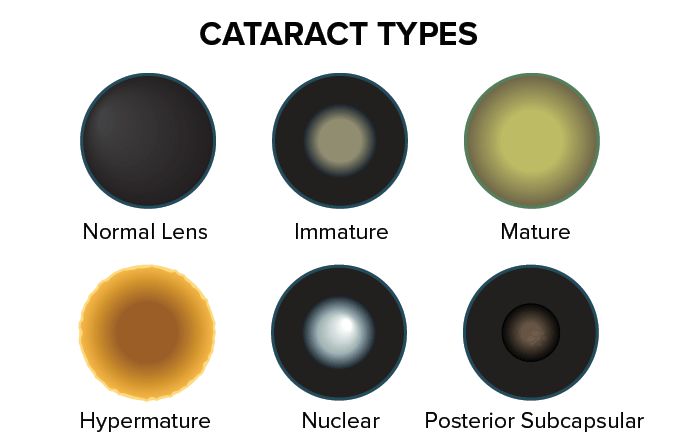
There are many different types of cataracts. Learn which three types are the most common and find out how they're different from other kinds of cataracts.

Neither glasses nor sunglasses treat cataracts, but they can treat the symptoms. Some eyewear features can even help prevent cataracts from worsening.
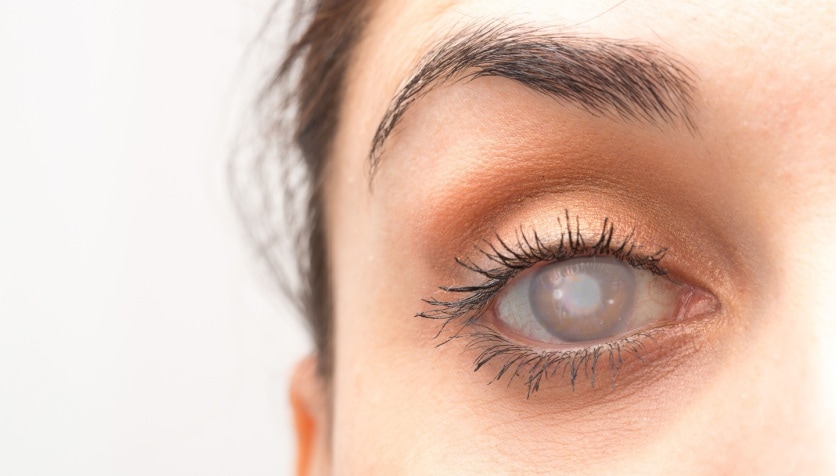
Left untreated, cataracts tend to worsen with time. But is it possible to become blind from cataracts?

Cataract symptoms can develop slowly and vary from person to person. Find out which common signs could point to cataracts.

Without treatment, childhood cataracts can cause vision problems later in life. Learn more about the causes, symptoms and treatment of pediatric cataracts.

If your child was born with congenital cataracts, surgery may be needed along with corrective lenses.
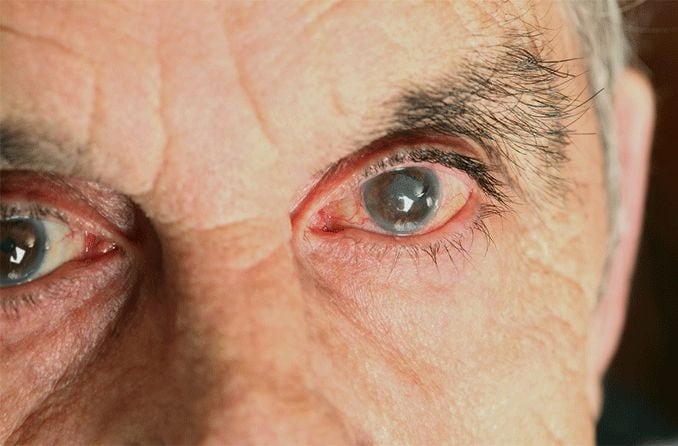
A cortical cataract is an opacity in the outer layer, or cortex, of the natural lens that causes glare, light sensitivity and blurry vision.

There are no scientifically proven natural cures for cataracts, but some naturopathic doctors report improvements with homeopathic methods.
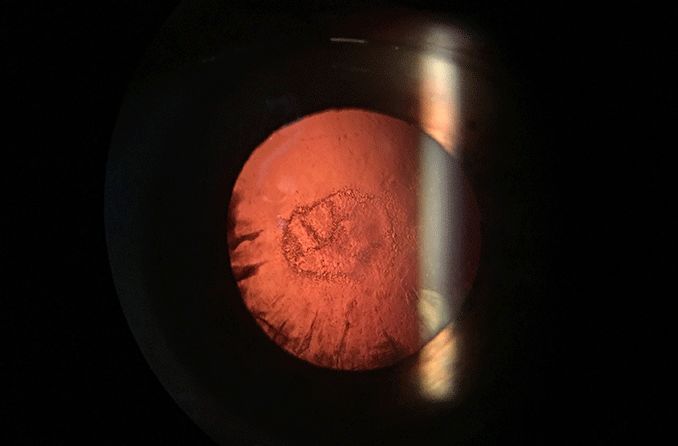
Posterior subcapsular cataract (PSC) is a fast-growing opacity in the outer layer of the rear portion of the natural lens.
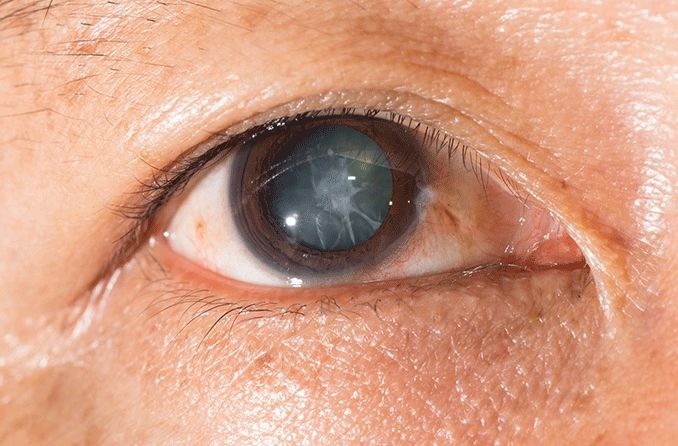
Traumatic cataracts are caused by injury or trauma to the eye. Treatment often involves replacing the natural lens with an artificial lens.
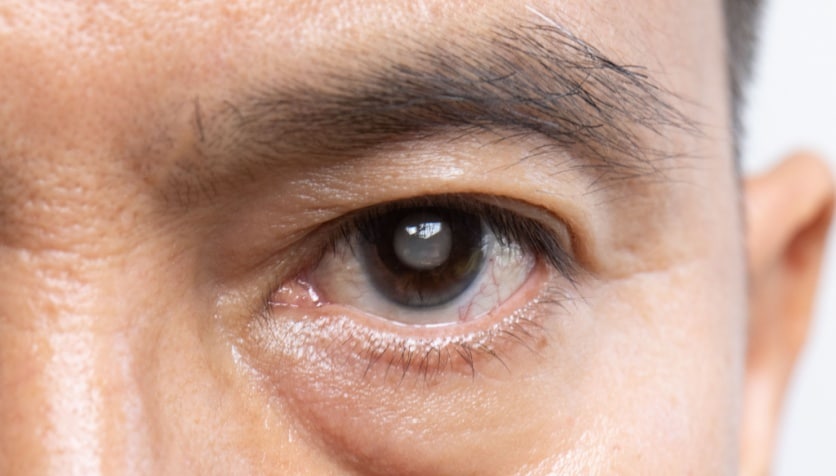
Cataracts typically worsen over time. Why you shouldn't wait too long to have cataract surgery.

Most cataracts happen as you get older, but they can also develop for other reasons. Learn what causes a cataract, how it affects your vision and how it's treated.

A Christmas tree cataract develops in older patients. These cataracts are identified by their unusual multicolored, fleck-like appearance.

Nuclear cataracts are a central clouding and hardening of the eye’s lens. They are the most common cataract type and cause blur and changes in vision.

A snowflake cataract is an uncommon type of cataract. It usually develops in younger patients with uncontrolled Type 1 diabetes.

Nuclear sclerosis is a hardening and yellowing of the center, or nucleus, of the eye’s natural lens. Nuclear sclerosis is part of the normal aging process.

The right time to have cataract surgery varies from person to person, though early treatment is recommended.

Cataract tests are simple, noninvasive parts of a routine comprehensive eye exam, but you can ask for one sooner if you have symptoms of cataracts.
All About Vision and AllAboutVision.com are registered trademarks of AAV Media, LLC. © 2000-2025 AAV Media, LLC. The content on this site is for informational purposes only. All About Vision does not provide medical advice, diagnosis or treatment. Contact an eye doctor if you need medical attention.